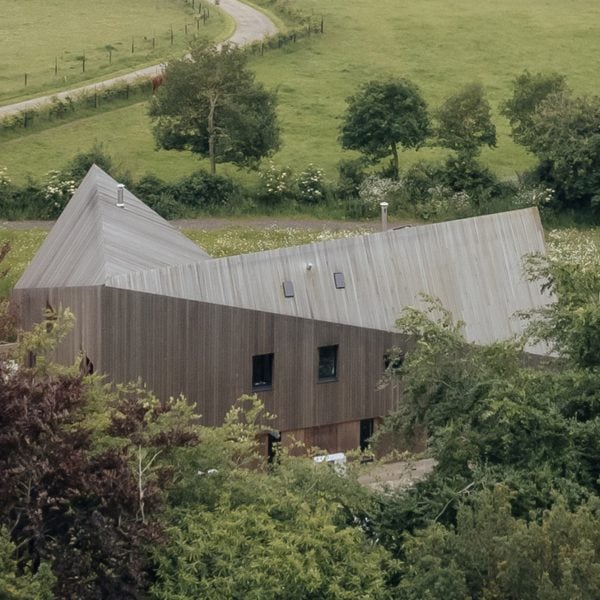A home in Suffolk with an origami-like roof and a timber house built on a stone cellar in Estonia were two of the most popular houses featured on Dezeen in July.
Also featured is an exposed concrete house in Japan, a pair of renovated homes on a remote Canadian peninsula and another secluded home in Canada clad in cedar shingles.
Read on to find out more about Dezeen readers’ favourite houses this month:
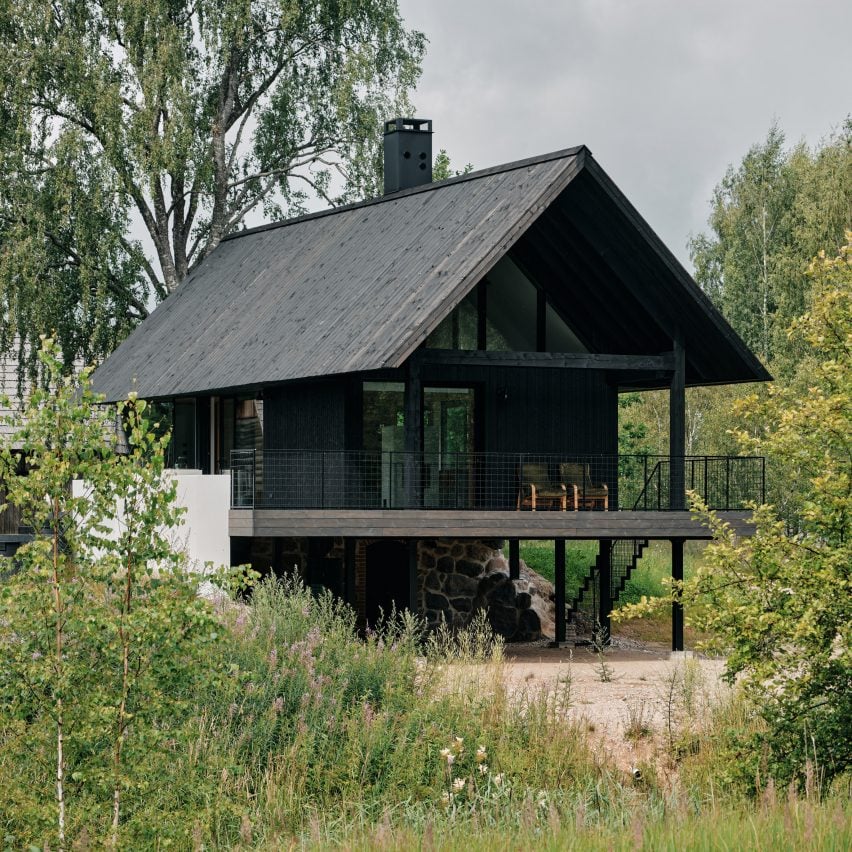
Põro House, Estonia, by Hanna Karits and Mari Hunt
Põro House is a home constructed from locally sourced wood built atop a disused stone cellar, designed by architects Hanna Karits and Mari Hunt to have minimal impact on the remote site.
Located in a forest in Estonia, Põro House has a rectilinear form with a pitched roof clad in dark-stained timber, informed by the surrounding farm structures.
Find out more about Põro House ›
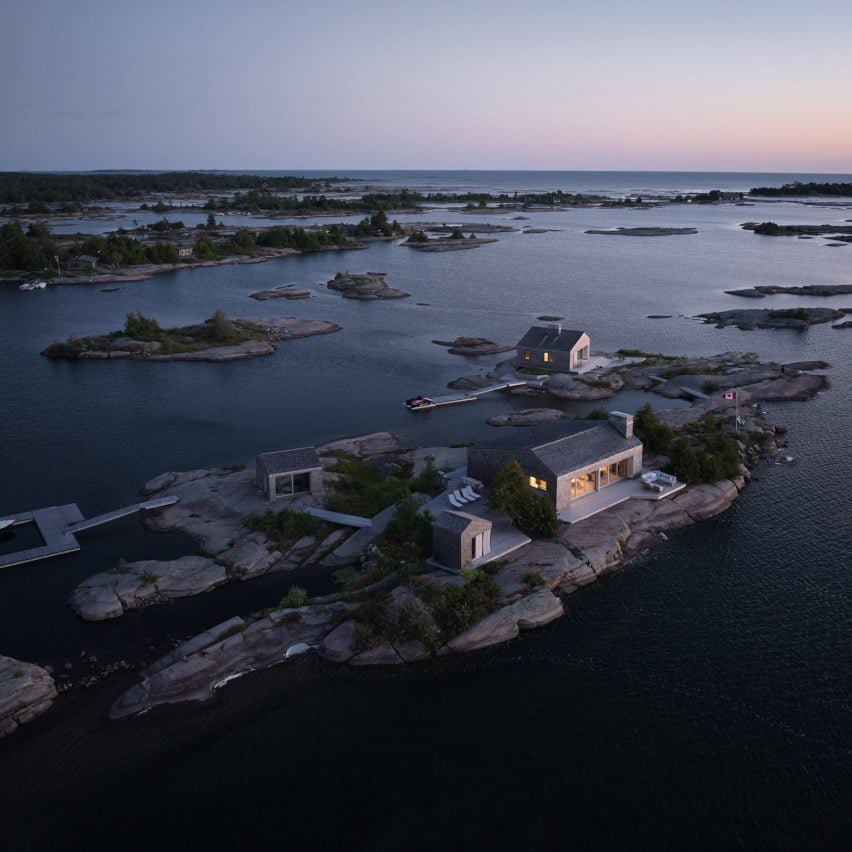
Whistling Wind Island, Canada, by Akb Architects
Cedar shingles clad a cluster of buildings at Whistling Wind Island, which was designed by architecture studio Akb Architects as a summer home for a kite surfer and his family.
Four structures were built on a remote archipelago in Ontario, Canada, including a main cottage, guest cabin, sauna and a building containing boat storage and a fitness studio.
Find out more about Whistling Wind Island ›

Water Farm, UK, by Studio Bark
Architecture practice Studio Bark created an origami-like roof that folds in different directions for the Water Farm family home in Suffolk.
The geometric home was clad in locally sourced sweet chestnut cladding and a central outdoor courtyard lets natural light into the interior spaces.
Find out more about Water Farm ›
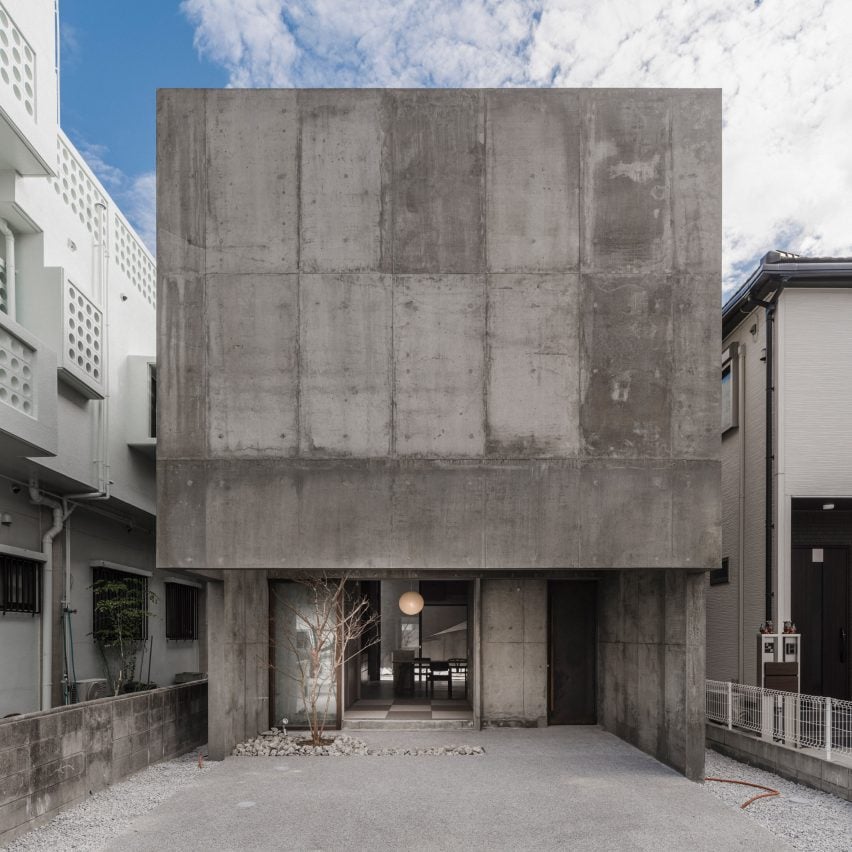
House in Nishizaki, Japan, by Studio Cochi Architects
Thick concrete walls surround the House in Nishizaki, designed by architecture practice Studio Cochi Architects as an “urban oasis” protected from being overlooked by surrounding buildings in the densely packed area.
Studio Cochi Architects left the concrete structure exposed throughout the house and complemented it with weathered metal accents and dark wooden carpentry.
Find out more about House in Nishizaki ›
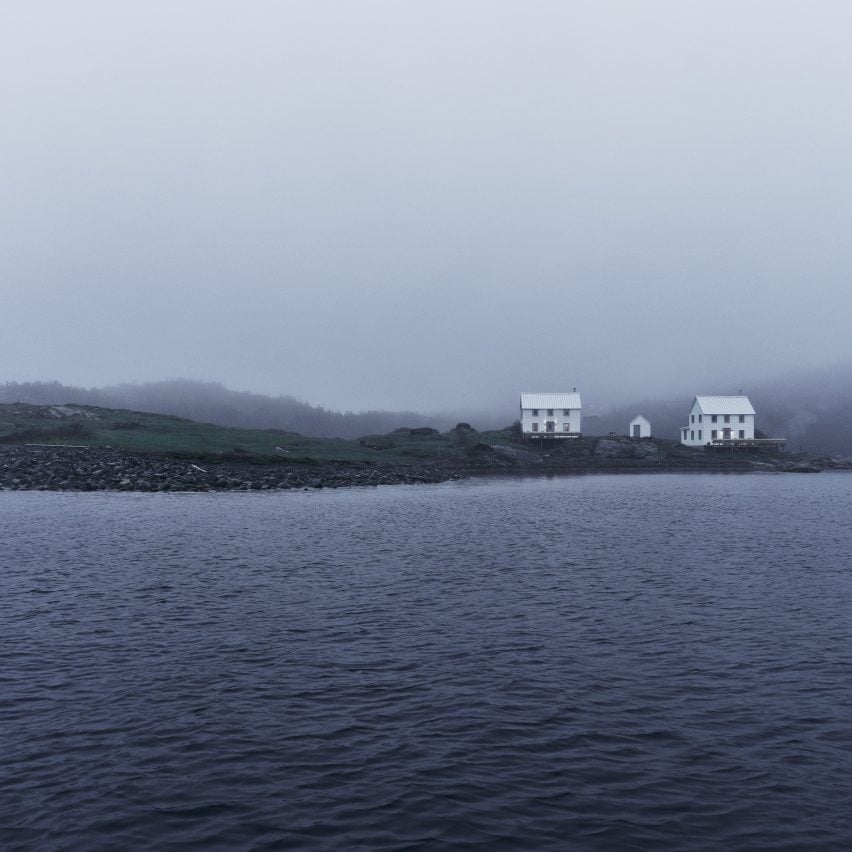
Burdens Point Residence, Canada, by Reflect Architecture
Toronto studio Reflect Architecture renovated a pair of century-old saltbox houses on a Newfoundland peninsula to create the Burdens Point Residence vacation home.
The studio added windows and galvanised steel roofs to the two vernacular buildings, which serve as a single property while also being self-sufficient.
Find out more about Burdens Point Residence ›

